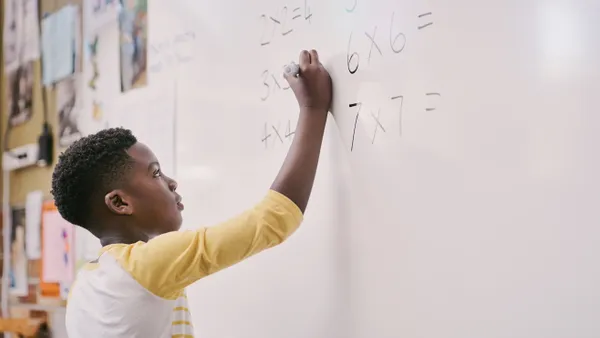Dive Brief:
- Students must be taught to be assertive without being unkind or overly aggressive, Kristin Stuart Valdes, the senior program manager at Morningside Center for Teaching Social Responsibility, writes for Edutopia.
- She notes that this is particularly difficult to do in a culture where putting people down is used for comedic effect in popular media and bullying easily occurs online.
- To teach assertiveness, she writes that educators should emphasize how to use the "nice no," set boundaries, ask for additional time to consider options, state your needs, use "I feel" messages and know how to appropriately respond to aggression.
Dive Insight:
One of the goals of social-emotional learning (SEL) is to teach students to engage in respectful discourse in an effort to disrupt the trend in recent years of people opting to shout each other down during public debate. Teaching assertiveness is a strong foundation to build those efforts on. Beyond that, it's paramount to other SEL skills like empathy and cooperation.
It's a skill that can also be further incorporated into disciplinary practices, like restorative justice, and it's easily modeled to students through interactions between adults within the school building. Beyond that, educators can also track down appropriate clips from TV shows that model the wrong ways to interact, guiding students through exercises to explain how the interactions on display could have been adjusted to be more effective for those involved.














